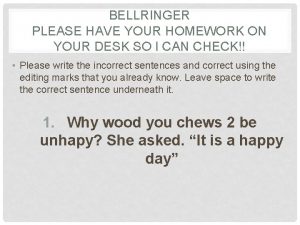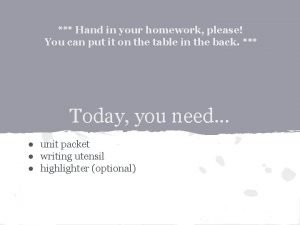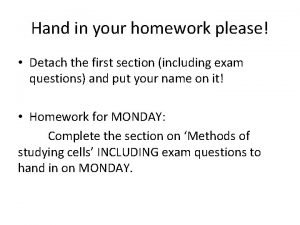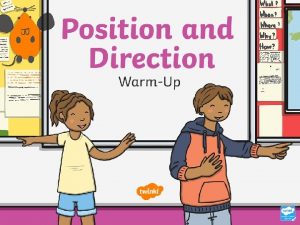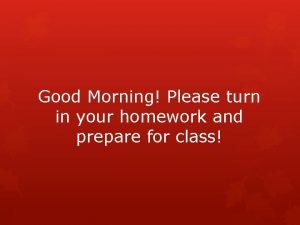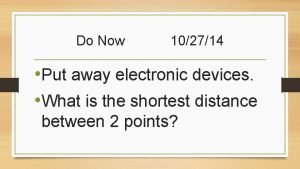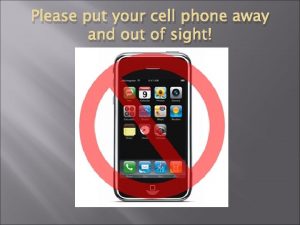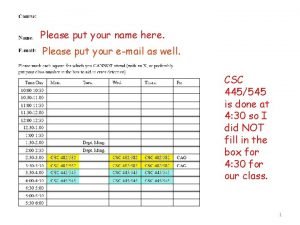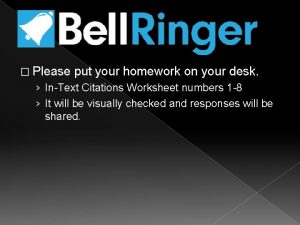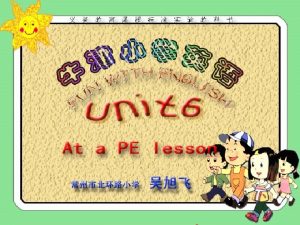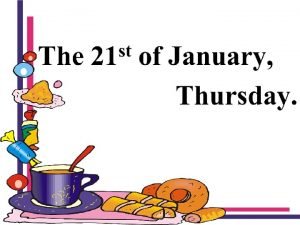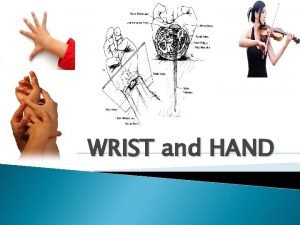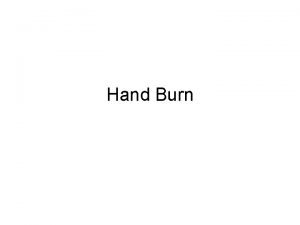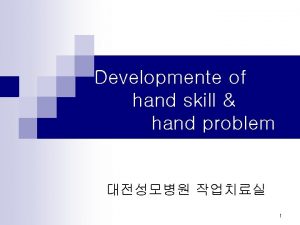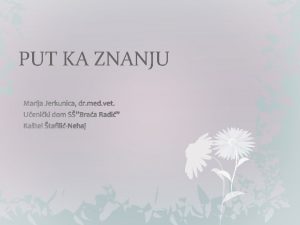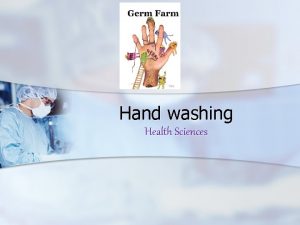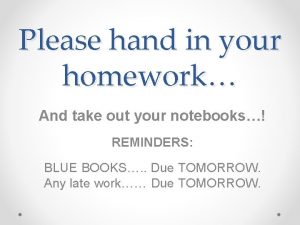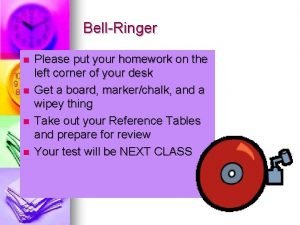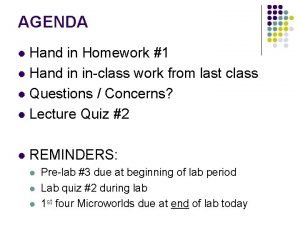Hand in your homework please You can put

















- Slides: 17

*** Hand in your homework, please! You can put it on the table in the back. *** Today, you need. . . ● unit packet ● writing utensil ● highlighter (optional)

Quick Debrief Tell someone close to you: What did you write about in your Reader’s Response paper?

So, why did you do that assignment? For many reasons, but the most important one is because… “If all you have is a hammer, everything looks like a nail. ” - Mark Twain

Critical Literary Theory ● Unit Goals: Sharpen your critical reading, writing, and thinking skills. * o Teach you a variety of ways to analyze literature (and the world around you). o Illustrate the dangers of believing there’s only one right way to read a text. o Prepare you for the real world. o

A quick review. . . What’s Critical Literary Theory, again? ● Let’s use an analogy to help you solidify the meaning of this term. ● Turn and Talk: Why do people use tinted sunglasses? Source: Sunglass Warehouse

Each tint has it’s own purpose. You still see everything in your environment, but the effect on your vision changes. The different tints make it easier for your brain to focus on what’s important for the task at hand. ● ● ● Brown/Amber = boaters Vermillion = downhill skiiers Yellow = range shooters Source: Klauer Optical

It’s the same with literary theory. ● The theories are different ways of viewing a text. Each one has a change in focus, which helps you to focus on different elements that you otherwise may not have seen. Which is actually pretty cool when you think about it.

Reader’s Response Theory Let’s review what you already know about this concept.

Reader’s Response Theory ● meaning made through interaction between text and reader o ∴ meaning changes based on reader’s personal experiences READER MEANING TEXT Source: How Stuff Works

RR Theory (con’t) ● focuses on the act of reading a text ● features of work (plot, character, etc. ) are less important that the text → reader exchange

How can you apply this theory? Try asking questions like… 1. What’s happened to me personally that affects my reading? 2. Are there any issues close to my heart that this text touches on? 3. Are there any characters I can relate to?

Formalist Theory An Introduction

Formalist Theory formal Root: form ● recognizable shape of a structure ● shape used to make associations Definition: formal ● set of conventions/accepted practices

Formalist Theory ● the typical reading encouraged for high school students ● treats text as an independent and self-sufficient object o ∴ meaning is made through close reading the text ● focuses on form and conventions o Like. . . word choice, figures of speech, literary elements, etc. Source: Ryan Macklin

How can you apply this theory? Try asking questions like… 1. What literary elements do you see? a. setting, conflict, character, theme, plot, symbolism, foreshadowing, flashback, mood/tone, imagery 2. What significant words/phrases are used? 3. How is structure important here?

Application to Maleficent Foci: 1. Character 2. Conflict 3. Symbolism

Your turn! 1. (Re)read Shel Silverstein’s The Giving Tree. 2. Analyze the text using what you’ve learned about Formalist Theory and our class model that analyzes Maleficent. Whatever you don’t finish in class is homework. So, make good use of your time!
 You put your right hand in
You put your right hand in Please put your homework my desk
Please put your homework my desk Shel silverstein homework
Shel silverstein homework Please hand in your homework
Please hand in your homework Help me you to the put picture can here please
Help me you to the put picture can here please Homework oh homework
Homework oh homework Homework oh homework i hate you you stink
Homework oh homework i hate you you stink Homework i love you poem
Homework i love you poem Alitteration definition
Alitteration definition Grant always turns in his homework
Grant always turns in his homework Hand on hot stove
Hand on hot stove You put your left hand in
You put your left hand in If you think you can you can poem
If you think you can you can poem Your homework please
Your homework please Please turn in your homework
Please turn in your homework Please put away your books and come here
Please put away your books and come here Please put your phone away
Please put your phone away Please put here
Please put here

